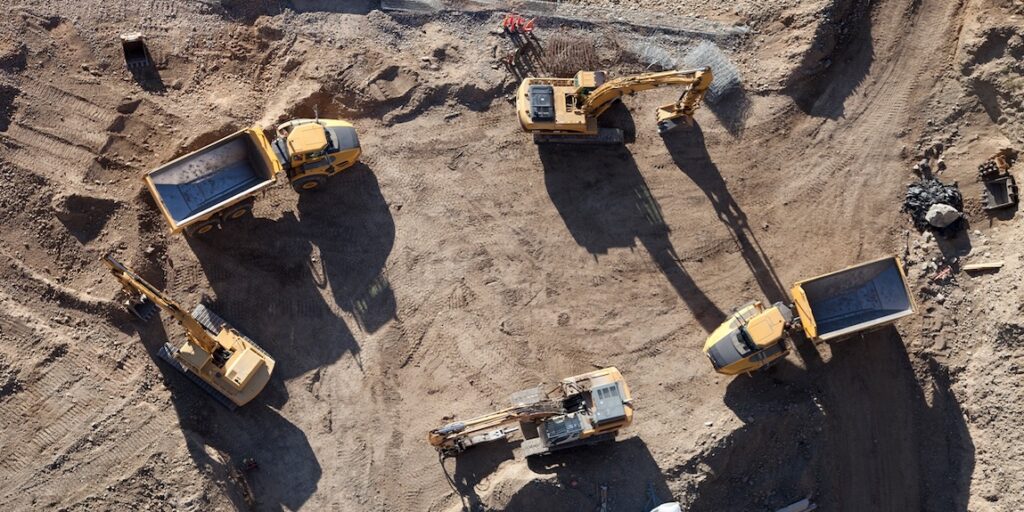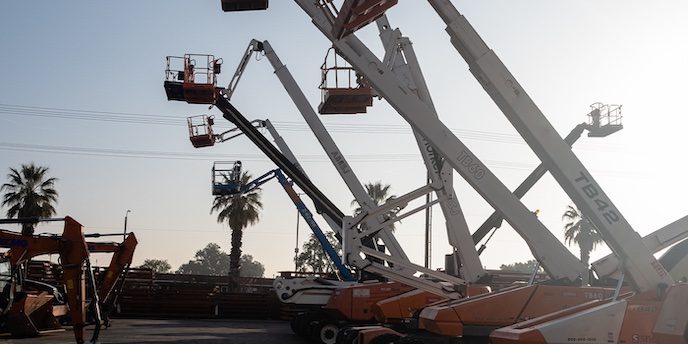

Having visibility of all machines and their condition across all locations is essential to increase utilization, efficiency and eliminate downtime.
Similarly, many OEMs offer a telematics solution that can provide several types and levels of data. However, this data is often written in a specific and exclusive format that can only be deciphered and accessed through the OEM’s portal or website. For those with a mixed fleet of many different machines, this can present a difficult obstacle to overcome in order to gain a cohesive understanding of all the data.
Additionally, for those with fleets numbering in the hundreds, the sheer volume of data collected can be overwhelming. The key is to find a way to distill all this information into a single, useful form. This is where the ISO 15143-3 standard comes into play.
The Association of Equipment Management Professionals (AEMP) introduced a telematics standard in 2010 in order to bring some order to what had become the wild west of telematics data. The standard has evolved over time, with the most recent version of AEMP 2.0 – also known as ISO 15143-3.
The standard encompasses almost 20 common parameters, including asset identification, location, operating hours or miles, fuel burn, engine temperatures, fuel level, idle time, and average power percentage.
This allows for the creation of a common data format that can be used to bring together data from mixed fleets on a single portal or website.
This data enables fleet operators to manage their whole fleet across different OEMs and machine types. They can generate a full picture of utilization, fuel consumption, maintenance state and other parameters across the fleet, across job sites and locations, and across the company. This consolidated view of company assets allows the entire fleet to be managed with the greatest operational efficiency.
Many companies find that they can reduce the number of machines they own by renting or leasing less utilized machines. This allows them to better plan for maintenance to avoid unplanned downtime and take advantage of emerging data-driven use cases.
It can be difficult to obtain data from various OEMs in a mixed fleet situation and develop a cohesive overview. A company would need to establish separate agreements with each OEM to gain access to this data. In addition, the company would need to create its own service and software to collect and use this data.

The AEMP 2.0 standard (ISO 15143-3) was introduced by the Association of Equipment Management Professionals (AEMP) in recognition of the challenge posed by OEM telematics.
The ISO 15143-3 standard uses a common data format that is already widely supported by many third-party fleet management systems. This makes it easy to pull data sets from tracking devices into existing websites or portals, even for large groups of devices.
As API data becomes more accessible and easy to implement, you can tailor your data more specific to your needs.
You now have more control over tracking devices and can analyze the most important data, such as position, utilization, shock, temperature, and motion.
In simple terms, the standard creates a common data format that enables the mixing of data elements from different sources into a single portal or software. The standard contains more than 20 parameters, such as the serial number, GPS location, operating hours, fuel consumption, asset identification, location, operating hours or miles, fuel level, and many others.

Trackunit Iris is an innovative IoT platform that connects the construction industry from the ground up. The interactive platform enables AEMP 2.0/ISO compliance, is flexible and works across machine types, fleet sizes, and international borders. Also, Iris is an open platform for everyone to use.
Furthermore, machine insights are available for any machine fitted with Trackunit Raw or AEMP2.0/ISO 15143-3 compliant hardware and provide users with a quick and easy way to access information from all of their machines in one place.
Are you interested in trying our solutions? Get your own demo here.
Never miss an insight. We’ll email you when new articles are published on this topic.